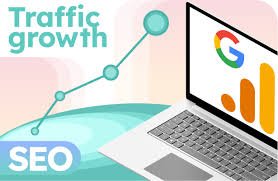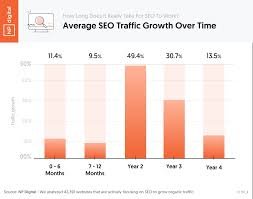10 Proven Ways to Monetize Your Website and Maximize Earnings in 2024
10 Proven Ways to Monetize Your Website and Maximize Earnings in 2024 The internet has opened endless opportunities to make money online, and your website can be a powerful income-generating asset. Whether you run a blog, eCommerce store, or niche website, monetization strategies can help you turn traffic into revenue. In this guide, we’ll explore 10 proven ways to monetize your website and maximize your earnings in 2024. 1. Display Advertising (Google AdSense & Alternatives) One of the easiest ways to monetize your website is through display ads. Platforms like Google AdSense, Ezoic, and Mediavine allow you to place ads on your site and earn money based on impressions and clicks. 💡 Tip: Focus on increasing your website’s traffic and optimizing ad placements for better earnings. 2. Affiliate Marketing Affiliate marketing is a powerful monetization strategy where you promote products or services and earn a commission for each sale through your referral link. Popular affiliate networks include: 💡 Tip: Create in-depth product reviews, comparison articles, and tutorials to increase affiliate sales. 3. Sell Digital Products Selling digital products like eBooks, online courses, templates, and stock photos can provide a passive income stream. Digital products require minimal investment and can be sold repeatedly without additional costs. 💡 Tip: Use platforms like Gumroad, Teachable, or Podia to host and sell your digital products. 4. Offer Online Courses and Webinars Online education is booming, and people are willing to pay for high-quality courses and webinars. If you have expertise in a specific niche, consider creating an online course and selling it on platforms like: 💡 Tip: Use video-based lessons and downloadable materials to enhance user experience. 5. Subscription & Membership Plans A subscription-based model allows you to generate recurring revenue by offering exclusive content, premium services, or community access. Platforms like Patreon, MemberPress, and Substack help you set up paid memberships. 💡 Tip: Provide valuable and unique content to keep your subscribers engaged. 6. Sponsored Posts & Brand Partnerships If your website attracts a targeted audience, brands may pay you to publish sponsored content or product reviews. This is common in niches like technology, finance, fashion, and health. 💡 Tip: Maintain transparency by disclosing sponsored content to maintain trust with your audience. 7. Sell Physical Products with E-commerce Turning your website into an eCommerce store can be highly profitable. You can sell: 💡 Tip: Use platforms like Shopify, WooCommerce, or BigCommerce to set up your online store. 8. Accept Donations & Crowdfunding If you provide valuable free content, you can ask your audience for donations through platforms like: 💡 Tip: Clearly explain how donations help you create better content to encourage more support. 9. Offer Freelance Services Your website can serve as a portfolio to showcase your skills and attract freelance clients. Popular services include: 💡 Tip: Add a “Hire Me” page with testimonials to attract potential clients. 10. Flip Websites for Profit Website flipping involves buying, improving, and selling websites for a profit. Platforms like Flippa and Empire Flippers help you list and sell your website once it gains traffic and revenue. 💡 Tip: Improve website SEO and monetization before selling to maximize its value. Final Thoughts Monetizing your website requires a strategic approach and a combination of multiple revenue streams. Whether it’s ads, affiliate marketing, digital products, or memberships, the key to success is consistent effort and audience engagement. 💡 Pro Tip: Experiment with different monetization methods and track their performance to optimize your earnings. Which of these strategies are you using? Let us know in the comments! Related Tags WebsiteMonetization #EarnMoneyOnline #AffiliateMarketing #PassiveIncome #OnlineBusiness #DigitalMarketing #WebsiteRevenue #MakeMoneyOnline #SEO #ContentMarketing




















